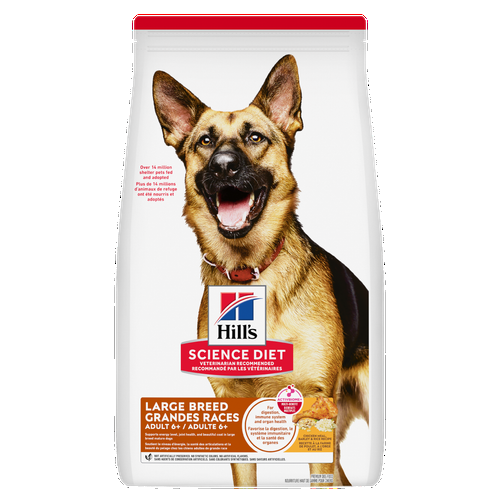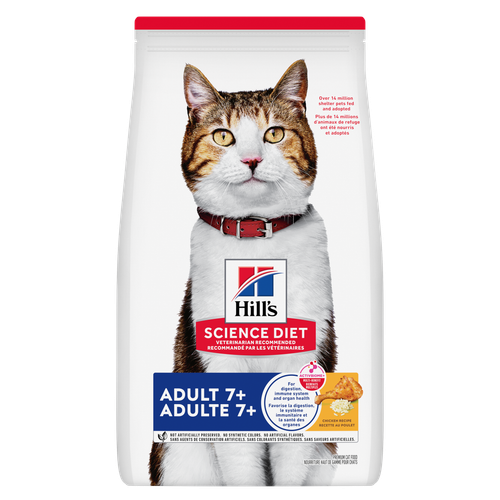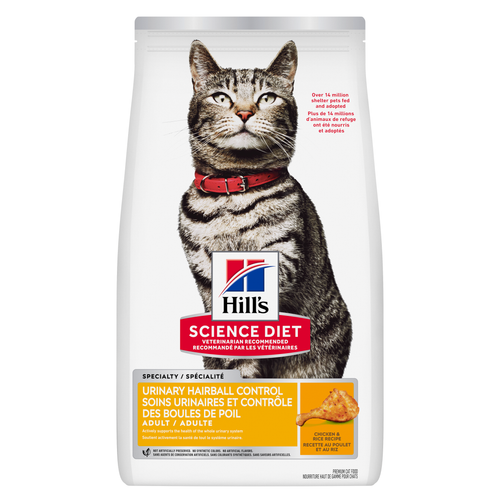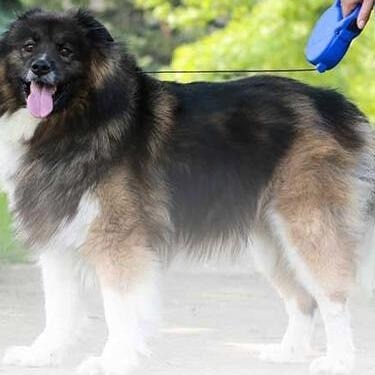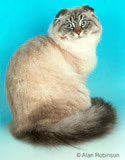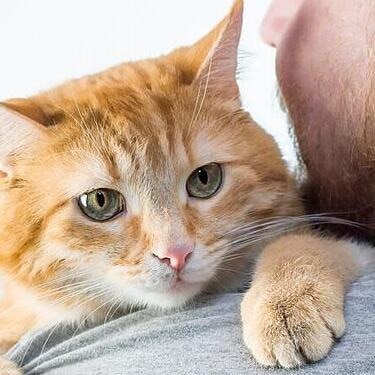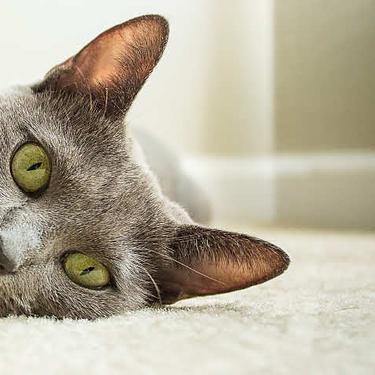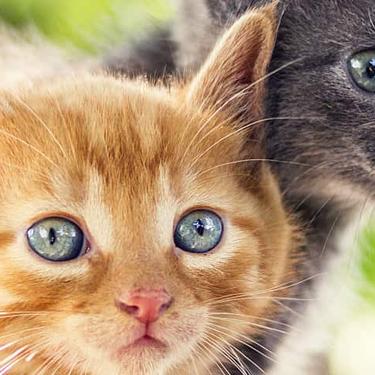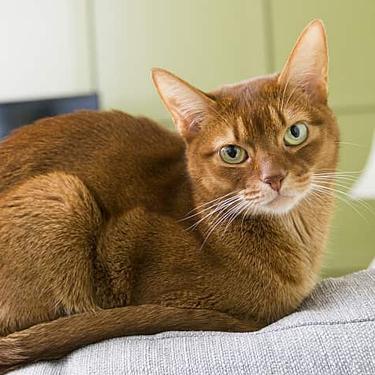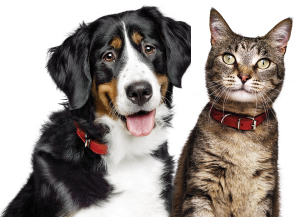The head is round and the folded ears heighten that illusion of roundness. The eyes are very round, bright and clear. The legs appear round, as does the tail in comparison to its length. The short coat is easy to care for. Some registries allow a longhaired version of the Scottish Fold called the Scottish Fold Longhair. Their longer coats can vary slightly in texture, and require regular care.
The Scottish Fold is a sweet, charming breed. She is an easy cat to live with and to care for. She is affectionate and is comfortable with all members of her family. Her tail should be handled gently. Some of these cats are known to develop stiffness in the tail that can cause pain if it is mishandled or accidentally handled in a rough manner.
Care should be taken with the nutrition of the Scottish Fold. This breed has a roundness about it to begin with and she should not become overweight. She is a good eater and is not as active as other breeds, so nutritionary control is critical.
The Scottish Fold needs some interactive play with her parent in order to keep in good condition. While the coat is an easy one to care for, she appreciates being brushed as part of play.
As the Scottish Fold ages, play gently with the tail, moving it from side to side, and up and down. If any stiffness is noticed or if she appears to be in pain when the tail is manipulated, she should be taken to the veterinarian to make certain she is not suffering from arthritis.
Cats with drooping ears or folded ears are ancient. The first word of one goes as far back as 1796. In this year, an English sailor brought back one of these cats when he returned from China. The Chinese also contributed the second example of a folded ear cat to the cat fancy history when one was noted in 1938.
But the Scottish Fold as we know her today was first born in 1961 in Pertshire, Scotland. There, a kitten with folded ears was discovered in a litter of otherwise "normal" eared kittens. This kitten, named Susie, was then bred to domestic cats and British Shorthair cats to establish the folded ear. To this day, every Scottish fold can trace her ancestry to Susie.
While the British established the Scottish Fold as a breed, she has never been as popular there as she is in the United States. Not only did Americans fall in love with this breed, but developed the breed into the beautiful cat she is today.
The Scottish Fold is difficult to breed. The folded ear cat must not be bred to another folded ear cat. Allowable outcrosses, in addition to a straight-eared cat, are the American Shorthair and British Shorthair. If two folded eared cats are bred to each other, the resulting kittens can be impaired to the extent of having difficulty walking. Even with this outcross, Scottish Folds tend to have small litters and not all of these kittens have folded ears.
Adopt a pet. Change a life.
Are you prepared to adopt a pet? Use these tools to make sure you are ready for the commitment.
Adopt a pet. Change a life.
Are you prepared to adopt a pet? Use these tools to make sure you are ready for the commitment.



